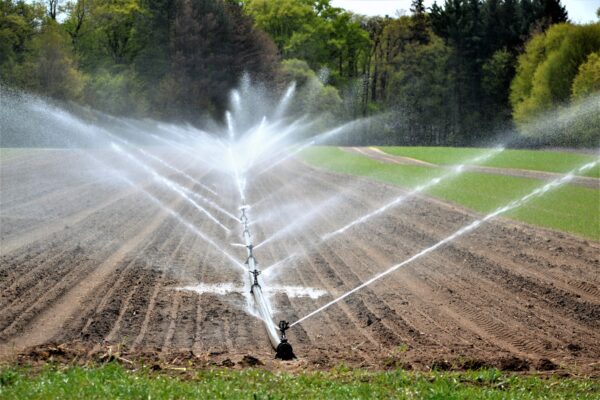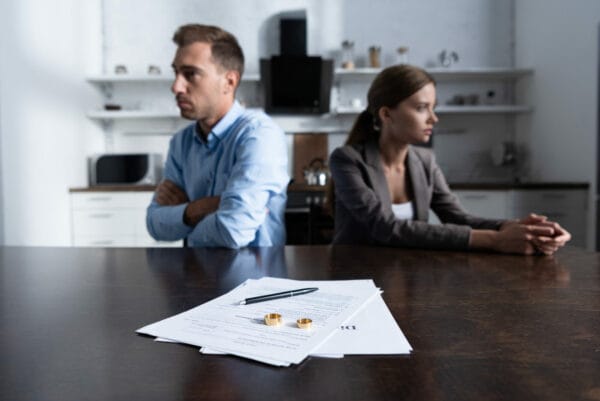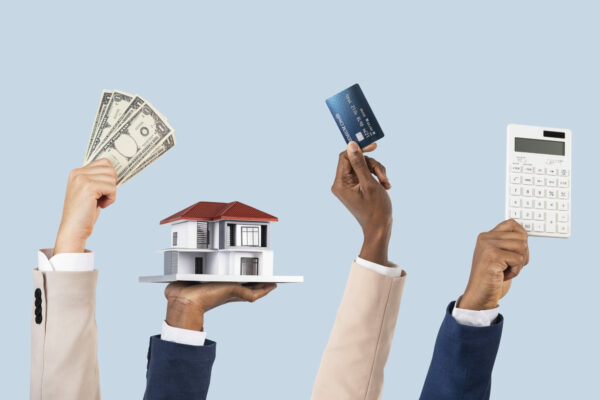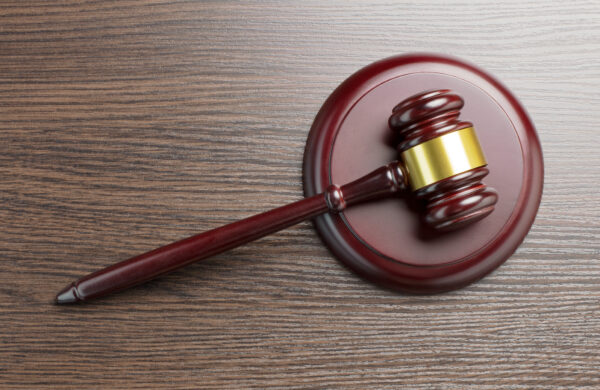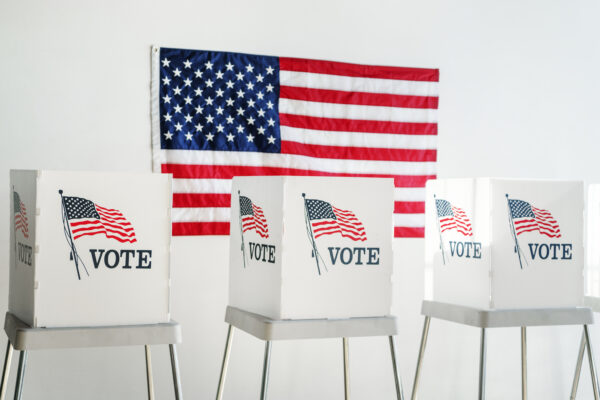
By Nick Labadie, Senior Planner at Rose Law Group
There are a lot of people doing a lot right now to help get this pandemic under control. The help , however, is mostly from politicians, scientists, doctors, nurses, first responders, and law enforcement. For many of the rest of us, we just need to stay put–away from others and figure out how to work from home. There’s more we can do, however. For those of us in the real estate, development, and planning professions, there are already lessons we can learn from this pandemic, as well as those we’re sure to face in the future. Surely, there will be many lessons learned from these trying times, but some we can learn right now are that we need 1) facilitate multi-generational living, 2) diversify housing options organically, 3) plan for alternative uses of public and quasi-public facilities. The best part is these are beneficial even if there was never another public emergency.
I’ve been trying to do this next one for years and met resistance all along the way. The original intent of zoning was to separate the truly noxious and incompatible uses from each other. I think it has, however well intentioned, officially run amok. A lot of other people thought so too. So were born Form Based Codes. These have been somewhat successful, but are a major shift in thinking and policy-making. There are also smaller steps we can take. We can responsibly and thoughtfully roll back some of the exclusions on multiple uses. Let’s look at two examples.
First, it is nearly impossible to have a small market or bodega style store in a residential neighborhood in Arizona. Yet, when we see them somewhere else, you can’t help but think “Oh, isn’t that nice!” Not only do those kinds of businesses provide employment and business opportunities for what is hopefully a diversified neighborhood, but it helps to localize the economy without taking away from grocery anchors on arterial corners. There’s also accountability to keep them on their toes. They can be subject to CC&Rs. They can have to answer to their neighbors. There are fears of massive delivery trucks in small neighborhoods, crime and chaos because you can buy milk, bread and butter at the end of the block. We can deal with these.
Second, our open spaces have become so restricted, they are rarely used by more than a few people at a time unless there is an organized sport. Larger social trends of people not taking any time to do nothing or hang out in a park are somewhat to blame, slowly placing a stigma on open spaces in many areas that is similar to that on public transportation. That’s not the only reason though. All we’re allowed to have is a playground, grass, and sidewalks. I have seen some serious creativity in open space amenities from clients lately, but they’re forced to all be various types/forms of the same things. Why can’t the neighborhood have a snack counter? Why can’t the lake have boat rentals? Would regulated food trucks on certain days/times or for events be such a bad thing? I know there are potential issues with these. You could say no because of “what ifs” like who would run the snack counter, what about liability for boat rentals, won’t people from outside the neighborhood (gasp!) come to get something from a food truck? Any problem can be solved. We need to create some interest in our neighborhoods.
If there were small neighborhood markets in neighborhoods across the Valley, we would have a great network for distributing or even collecting donated supplies in times of need. The circle of contact for getting the few core foods (and toilet paper this time around for some inexplicable reason) would be far smaller than at grocery stores, which are helping spread the virus far and wide but are too important to close. They would provide hundreds of potential additional polling places. They would be neighborhood communication hubs and rallying points when digital networks are down. They serve manageable sizes of populations when dealing with disasters.
If there were parks with real amenities, we would be able to get outside right now. People would have a solid option for getting outdoors in a meaningful way without violating social distancing protocols.
I for one will try my best to implement the strategies I can in projects I work on that will strengthen our communities and improve quality of life. I’ll do this today and tomorrow. I’d love to hear from anyone interested in doing the same.


